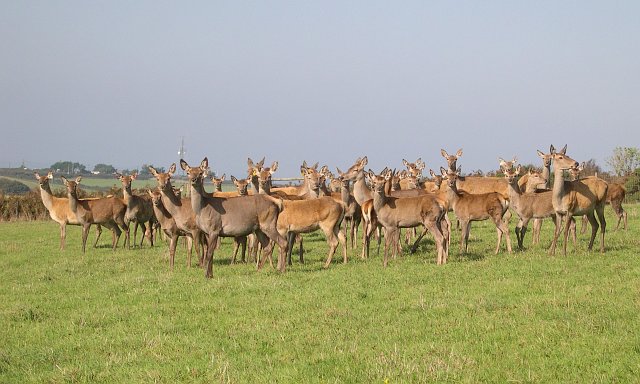Copper Deficiency In Deer
28 January 2020The season has a marked effect on copper status of deer with low copper serum levels generally reported in late winter/early spring. Copper is a trace element that is critical in the formation of the collagen matrix that supports bones, keeping them strong. This is why in young animals that are deficient in copper the main clinical sign is weak bones that are prone to fracture.
In older animals deficiency can present itself as swayback, which is generally seen as a lack of co-ordination and wobbly gait in the hindquarters, due to coppers role in regulating nerve transmissions. Deficient animals may also have a dull or faded coat due to coppers role in the formation of melanin.
There are two reasons for deficiency –
- there is insufficient copper in the diet, and secondary deficiency;
- there are high levels of antagonists (molybdenum and sulphur) reducing the absorption of copper.
If there are no obvious signs of deficiency a good starting point is looking at the overall ration, taking account for all sources of copper. Also getting the vet to take some liver or blood samples from 5-8 hinds to get an idea of the copper status. Supplementation can be provided via the concentrate, injection, bullets or boluses. The main benefit of individual dosing ensures all animals are given the same amount of copper rather than providing free access minerals where intakes tend to be a lot more variable.
Mary Young, mary.young@sac.co.uk
Sign up to the FAS newsletter
Receive updates on news, events and publications from Scotland’s Farm Advisory Service

